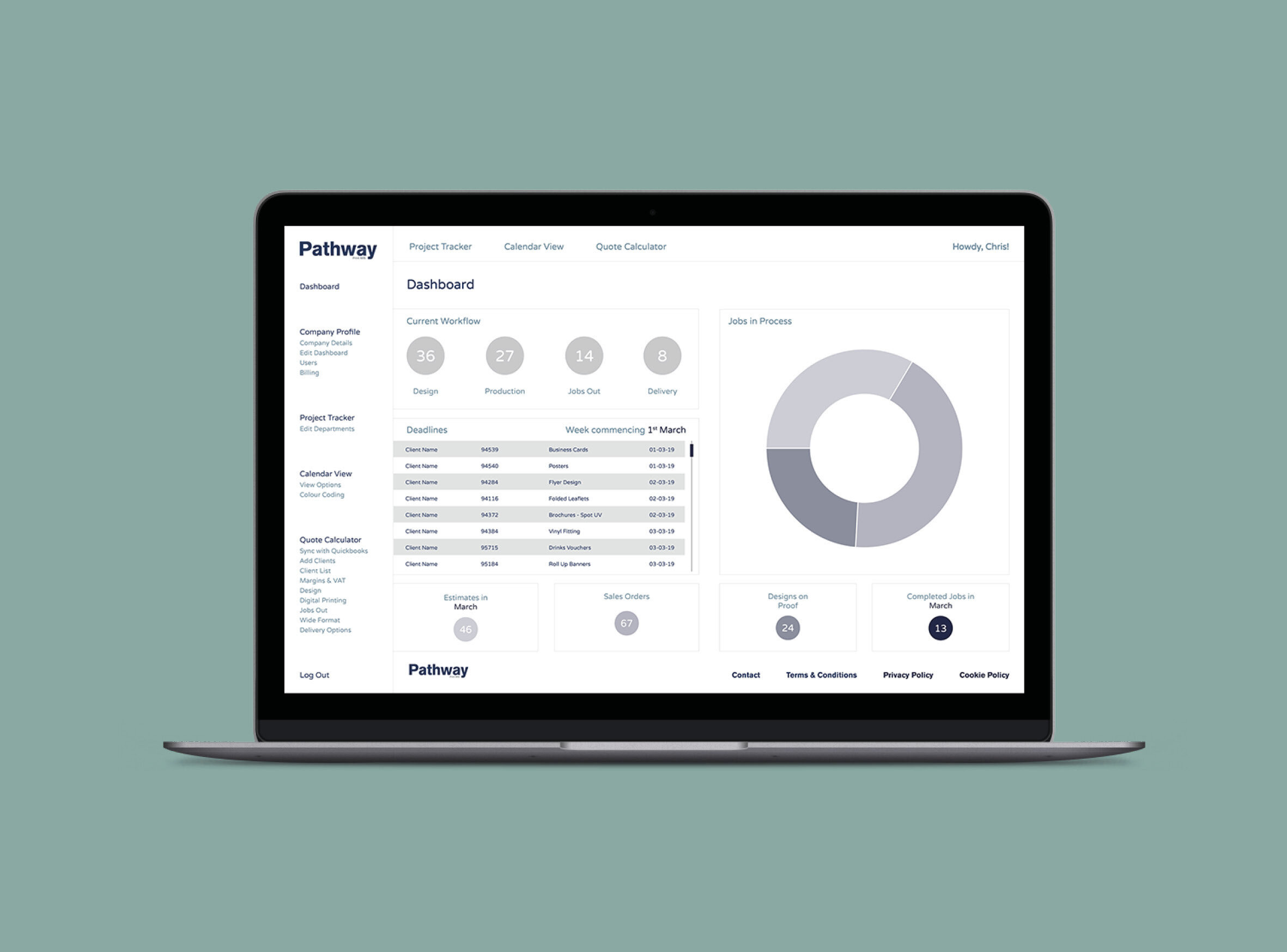Beginner's Guide to Digital Design Tools
Digital design is an exciting and creative field that allows us to bring visual ideas to life on screens and devices. From creating stunning graphics to developing user-friendly interfaces, digital design plays a significant role in how we share information and communicate visually. Whether we are looking to design a simple logo or an entire website, understanding the basics of digital design is the first step toward creating impressive digital art.
As beginners, stepping into the world of digital design can seem daunting with so many tools and techniques available. However, with the right guidance and a bit of practice, we can quickly get the hang of it. It starts with learning the fundamental principles that form the foundation of all great designs. Once we have a grasp on these basics, we can begin exploring various digital design tools that suit our needs and preferences.
Mastering the software is another important aspect of becoming proficient in digital design. Each tool comes with its own set of features and capabilities, and knowing how to use them effectively will give us more control over our creative process. Moreover, being aware of common mistakes and learning how to avoid them can save us time and enhance the quality of our work. Let's explore the steps that will help us get started on our digital design journey.
Understanding the Basics of Digital Design
Digital design is all about creating visual content using computer software. It involves understanding various design principles that help us create visually appealing and effective work. One of the first principles is balance. Balance ensures that our design feels stable and even. We can achieve balance by evenly distributing elements across our design. There are two types of balance: symmetrical, where elements are equally spaced, and asymmetrical, which uses different sizes and shapes to create a balanced composition.
Another important principle is contrast. Contrast helps highlight key elements in our design by making them stand out. Using contrasting colours, sizes, and shapes can draw attention to the most important parts of our design. Alignment is also crucial, as it ensures that all elements are properly placed and organised. Proper alignment creates a clean and professional look, making it easier for viewers to read and understand our design. Understanding these basic principles sets the foundation for creating compelling digital designs.
Essential Tools for Digital Design Beginners
As beginners, having the right tools is essential for our digital design journey. There are several tools available that cater to different design needs. One of the most popular tools is Adobe Photoshop. Photoshop is great for editing images and creating detailed graphics. It offers a wide range of features, from basic editing to advanced photo manipulation, making it a versatile tool for many design projects.
Another useful tool is Adobe Illustrator. Illustrator is ideal for creating vector graphics, which are graphics that can be scaled without losing quality. This makes it perfect for designing logos, icons, and illustrations. Canva is another beginner-friendly tool that offers a range of templates and easy-to-use features. It allows us to create beautiful designs even if we have no prior experience. Finally, Procreate is a powerful tool for those who prefer drawing on tablets. It offers a variety of brushes and tools for creating detailed artwork.
These tools provide a solid starting point for our digital design projects, each offering unique features that cater to different aspects of design. By familiarising ourselves with these tools, we can choose the ones that best suit our needs and start creating stunning digital designs.
Tips for Mastering Digital Design Software
Mastering digital design software takes time and practice, but there are several tips that can help us get there faster. First, take advantage of tutorials and online courses. Many design tools, like Adobe Photoshop and Illustrator, offer a wealth of tutorials that guide us through various features and techniques. Websites like YouTube and design blogs also provide valuable lessons that can help us improve our skills.
Next, practice regularly. Consistent practice allows us to experiment with different tools and functions, helping us become more comfortable and efficient. Start with simple projects and gradually move to more complex designs as we gain confidence. Another useful tip is to use keyboard shortcuts. Shortcuts save time and make the workflow smoother. Most design software has customisable shortcuts, so we can set them up in a way that fits our working style.
Joining design communities can also be very helpful. Online forums and social media groups are great places to ask questions, share work, and get feedback from other designers. This interaction provides new insights and inspires creativity. By following these tips, we can master digital design software more effectively.
Common Mistakes to Avoid and How to Fix Them
When learning digital design, it’s normal to make mistakes. However, being aware of common pitfalls can help us avoid them and produce better designs. One common mistake is neglecting to use layers effectively. Layers help keep our design organised and make it easier to edit elements without affecting the entire project. Always name and group our layers to maintain clarity.
Another mistake is overcomplicating the design. Adding too many elements can clutter the design and make it difficult to understand. Stick to a simple and clean layout that clearly communicates the message. Additionally, ignoring alignment and spacing can result in a messy and unprofessional look. Use the alignment tools in the design software to ensure everything is properly positioned.
Pixelation is another issue that arises when using low-resolution images. Always use high-resolution images for a crisp and clear design. Lastly, forgetting to save work regularly can lead to losing hours of effort. It’s a good habit to save our work frequently and keep backup files. By being mindful of these common mistakes and knowing how to fix them, we can improve our digital design skills.
Conclusion
The journey into digital design is an exciting one, filled with creativity and endless possibilities. By understanding the basics, choosing the right tools, mastering the software, and avoiding common mistakes, we can create impressive digital designs. Practising consistently, seeking feedback, and continually learning will enhance our skills and help us grow as designers.
At Absolute Creative Print, we are passionate about helping you bring your visual ideas to life. Whether you’re looking to create logos, print materials, or digital designs, we have the expertise to support you. Contact Absolute Creative Print today to start your digital design journey and create stunning visuals that captivate your audience with expert graphic design services.

